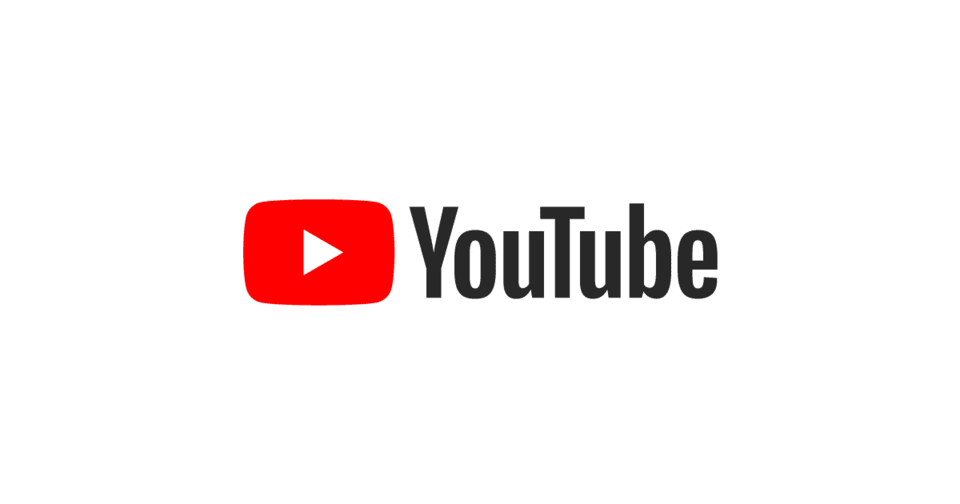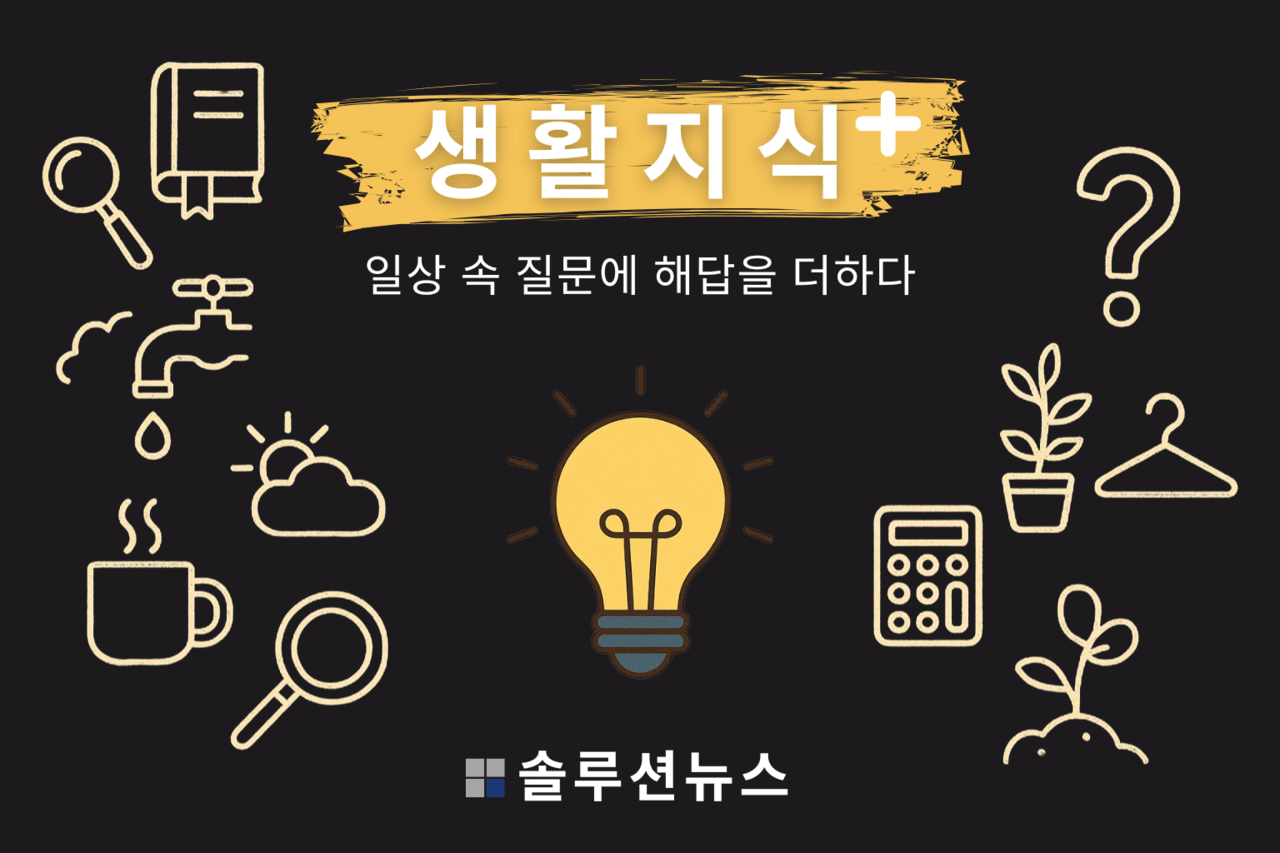Youtube’s recommendation is not simply based on popularity, but comes from sophisticated user analysis.
The Youtube algorithm does not operate by click count alone. It analyzes numerous signals including user watch time, reaction patterns, device type, location, viewing history, and more to recommend personalized content. While it may appear random on the surface, most recommended videos are actually the result of a deliberately designed algorithm.

What data does Youtube collect?
Youtube collects and analyzes users’ activities in real-time. This includes various behavioral information such as video watch time, click status, likes or dislikes, comments, subscriptions, search entries, video skipping, and repeat views.
For example, if a user watches a video from start to finish, Youtube considers the content as an ‘interesting topic’. Conversely, if a user exits a video in a few seconds, the video is excluded from priority recommendations. The reason is that Youtube values ‘watch time’ more significantly than simple view counts.
It also analyzes technical signals like the user’s device type (mobile, PC, TV), location (country, language), viewing time, and the app version in use. This is used to ascertain what format of content is consumed when and in what way.
How does the recommendation algorithm work?
The Youtube algorithm typically recommends content similar to a user’s past behavior. To achieve this, it utilizes a deep learning-based technique known as ‘collaborative filtering’. By comparing and analyzing countless user data, it recommends content liked by viewers with similar tastes.
For instance, a user repeatedly watching cooking videos might be recommended channels with similar themes or recipe videos liked by other users. Moreover, the technology now also analyzes scenes, subtitles, thumbnails, and audio data within videos to understand the topic and atmosphere of the content.
Youtube runs its recommendation algorithm through various paths such as ‘Home Feed’, ‘Explore’, ‘Related Videos’, and ‘Autoplay’. Although the operation method varies for each path, personalization is a common core. This explains why even for the same video search, the order of exposure and thumbnails differ for each user.
The algorithm is not neutral
The algorithm is not neutral because its design objective is to maximize user watch time, leading to provocative or emotionally stimulating videos gaining higher recommendation ranks.
Moreover, if only certain types of content repeatedly watched by a user are exposed, an informational hegemony effect occurs, known as ‘Filter Bubble’ or ‘Confirmation Bias’. Youtube applies an ‘exploration balance’ algorithm in some areas to alleviate these issues by deliberately exposing a variety of content topics.
However, since recommendations still rely on a user’s existing behavior patterns, it is difficult for the algorithm itself to completely break away from reinforcing specific perspectives or content types.
Settings and adjustments users can make
Users can adjust algorithm recommendations to some extent. Deleting ‘watch history’ and ‘search history’ from the Youtube settings menu resets the algorithm’s recommendation criteria. Choosing ‘not interested’ or ‘don’t recommend this channel’ reduces recommendations of certain content types.
Turning off autoplay or subscribing to specific channels also adjusts the quality of recommendations. Subscribing is more than just a notification function; it categorizes the user as someone who prefers that particular channel.
Additionally, utilizing the ‘pause watch history’ feature allows users to leave no records for a certain period, thus not impacting recommended content. This function is particularly useful when other users share the same device.
Understanding the algorithm is digital literacy
The Youtube algorithm is not merely a technical system but a mechanism that guides users’ choices and experiences. Without understanding this, users may remain passive in content consumption. Conversely, once aware of how it works, users can control their video consumption patterns and reduce information bias.
Autonomy and responsibility in the digital environment begin with understanding the algorithm’s structure. Youtube presents subsequent choices based on what we click and how long we stay. Ultimately, it’s the user who drives the algorithm.
